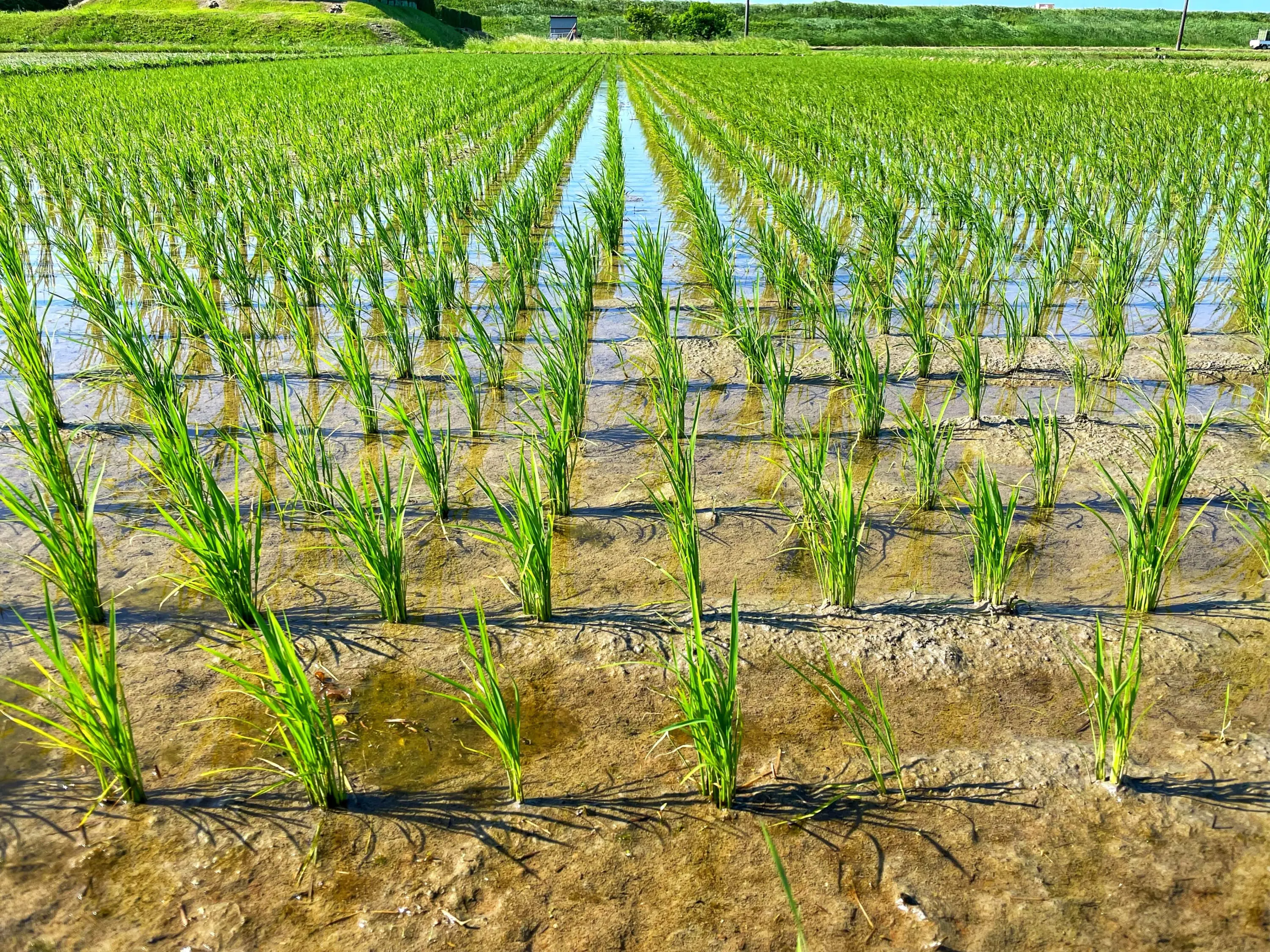Japan’s rainy season, known as tsuyu, has been nothing short of strange this year. Typically marked by consistent, steady rainfall from May to mid-July, tsuyu has been conspicuously irregular in 2024. The season started on June 21 in the Kanto region—the third latest start since records began in 1951. This delay has been accompanied by sporadic heavy downpours and extended dry spells throughout Japan.
This deviation isn’t just odd—it’s a warning of deeper issues that could have wide-ranging impacts, from disaster risks to inflation. Here’s why you should be concerned.
Causes and Contributing Factors
The erratic nature of this year’s tsuyu can be largely attributed to climate change. Rising global temperatures are disrupting traditional weather patterns, leading to unpredictable atmospheric conditions. Several key factors contribute to this year’s delayed and intense tsuyu:
El Niño and La Niña Transition
The global weather patterns are heavily influenced by the transition from El Niño to La Niña. Last year’s El Niño raised sea surface temperatures in the Indian Ocean, which led to increased evaporation and cloud formation. These changes have had a lasting impact, influencing weather patterns well into this year.
High Sea Surface Temperatures
The western Pacific Ocean is experiencing the highest sea surface temperatures in 30 years, increasing water vapor and potential for heavy rainfall.
Pressure System Dynamics
Typically, the Pacific high-pressure system is a dominant force during tsuyu, stabilizing weather patterns. This year, however, it has been weaker than usual, delaying the northward movement of the rainy front. Recently, the pressure system has started to strengthen, leading to a rapid onset of intense heat and more concentrated rainfalls. The interplay between these high and low-pressure systems has created an unstable atmosphere.
Warm, Moist Airflows
The delayed rainy front has combined with warm, moist air flows from regions such as Okinawa, Amami, and western Japan, intensifying the rainy season. This influx of warm, moist air fuels the development of heavy rain clouds, contributing to the sporadic but intense downpours observed this year.
Impacts and Future Projections
Despite the delayed onset, the end of the rainy season is expected to be around the usual time. However, the effects of this unusual tsuyu are far-reaching.
A significant concern is the increased disaster risks. Short, intense bursts of rain can lead to localized flooding, particularly in areas like Ibusuki City, which has already experienced record-breaking rainfall. The unusually high sea temperatures also contribute to more water vapor in the atmosphere, resulting in heavy rains. While this additional rainfall can help mitigate water shortages, it also heightens the risk of flooding and landslides, creating a double-edged sword situation.
Moreover, as the Pacific high-pressure system strengthens, Japan is poised for an extremely hot summer. The intense heat expected in July and August will pose a significant challenge, especially following the unusually heavier, shorter rainfall expected to come soon for tsuyu. The combination of erratic rainfall and subsequent heat will test the resilience of both the environment and the population.

Concerns for Crops and Everyday Life
The inconsistent rainfall this year is particularly troubling for agriculture.
Rice, a staple crop in Japan, requires consistent water levels for optimal growth. This year’s erratic water availability can lead to lower yields and reduced crop quality. Without the steady rains typically seen during tsuyu, rice paddies can suffer from both under-watering during dry spells and waterlogging during sudden downpours.
Vegetables and fruits are equally at risk. Crops such as carrots, tomatoes, cucumbers, and leafy greens face water stress during dry periods, which can stunt growth and reduce yields. Conversely, heavy rains can lead to soil erosion, nutrient leaching, and physical damage to plants, further impacting their productivity.
Expect crop yields to drop, driving up prices. The Ministry of Agriculture, Forestry, and Fisheries has reported a sharp increase in prices: carrots up 50%, potatoes up 30%, and tomatoes up 20% from last year.
Reduced supply and steady demand mean higher costs for consumers, increasing household financial burdens. Rice, vegetables, and fruit prices could see significant hikes, impacting the overall cost of living.









